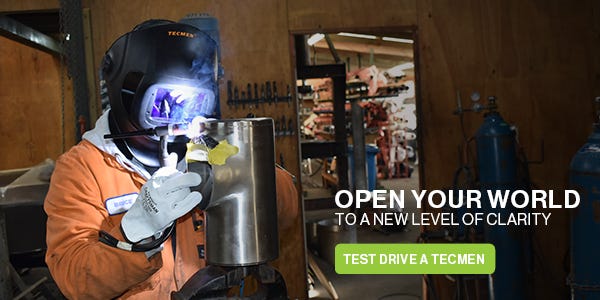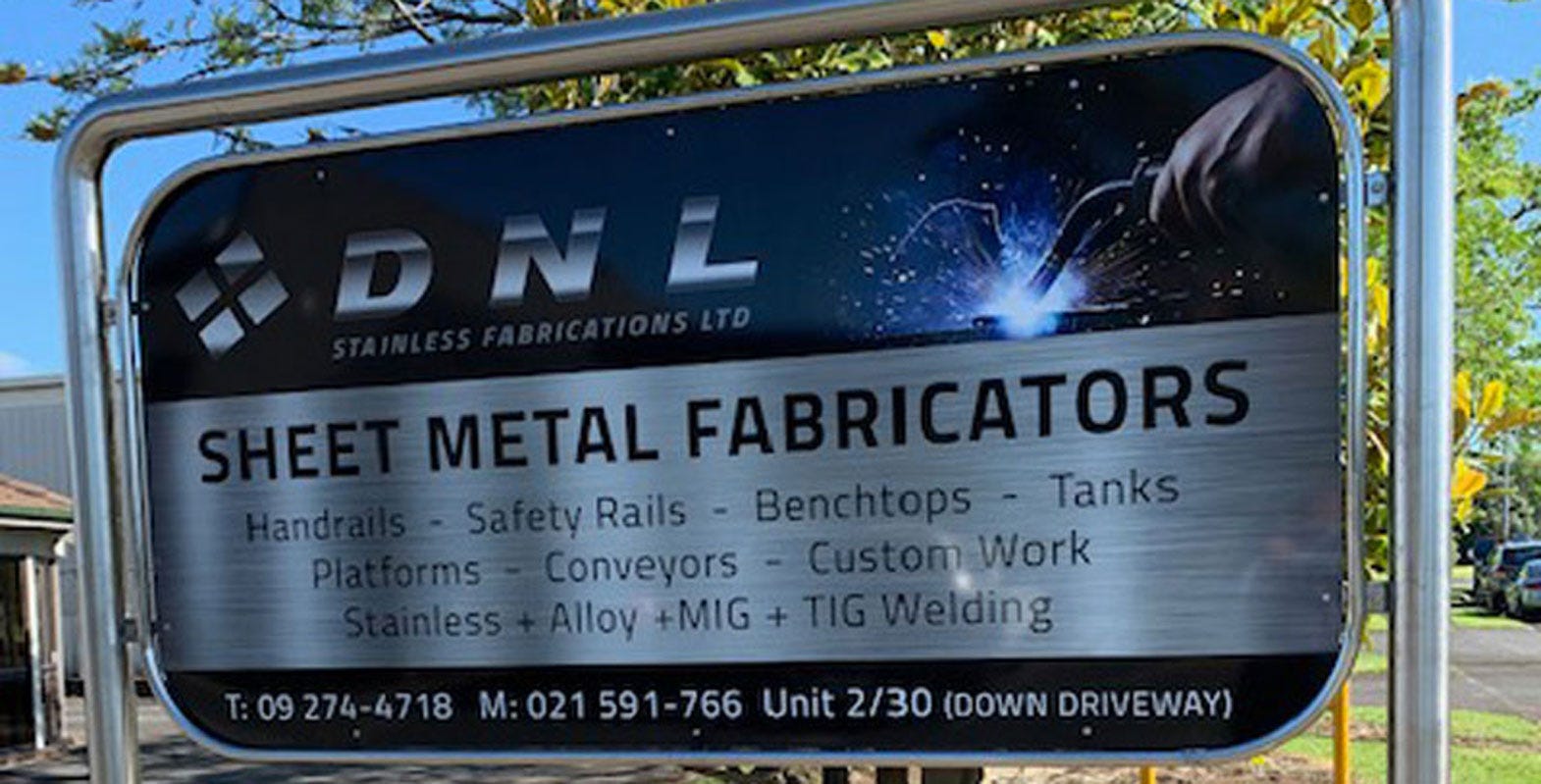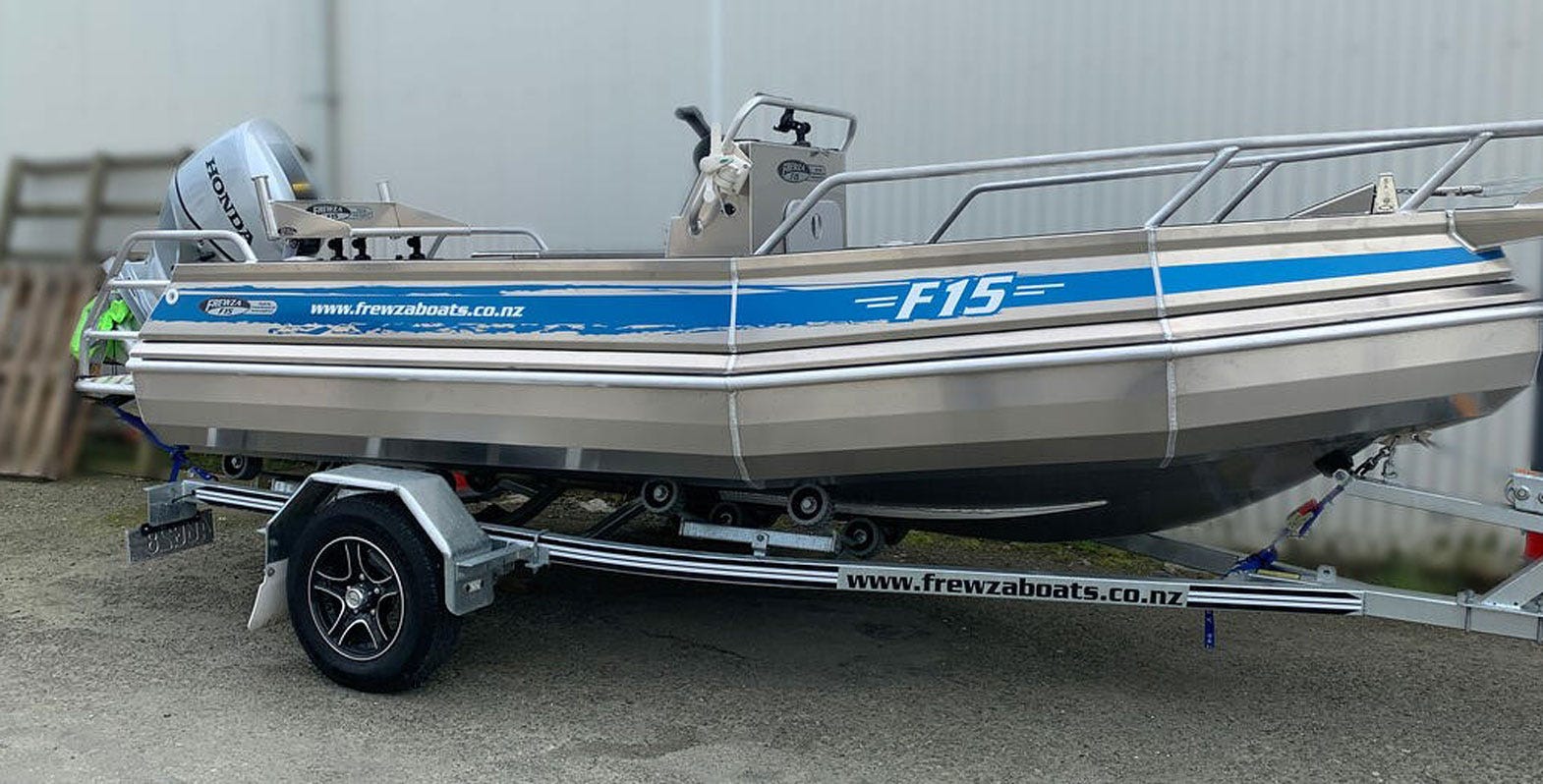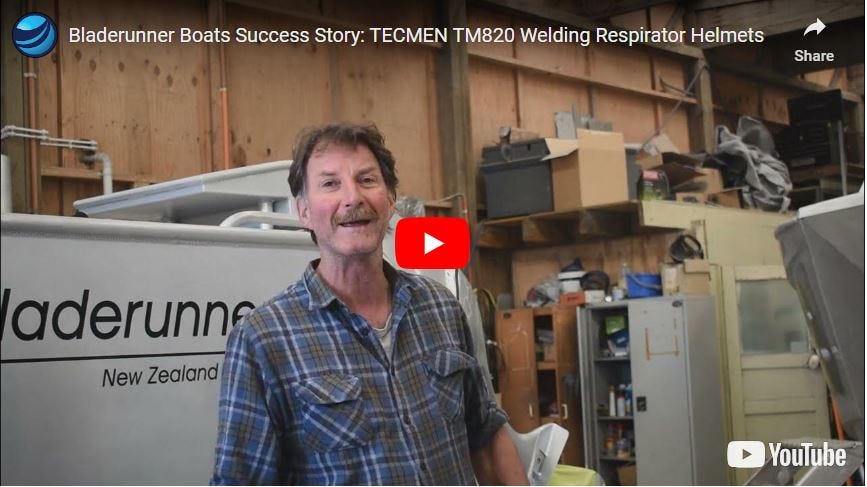Flip front vs fixed front welding helmets - which is better?
Deciding between a flip front or a fixed front auto-darkening helmet? Let's do a comparison to help you decide which one's right for you...


When to use what
To a large extent the choice of helmet comes down to personal preference, but generally here's what we've found engineers like about each:
Flip Front
- Welders doing a lot of grinding like flip front helmets as it provides the same protection, with a larger clear viewing area, and less blind spots.
- A flip front allows you to flip up the auto-darkening lens between welds and look through a perfectly clear, large lens for grinding/fitting.
When wandering around the workshop, being able to have true clear vision as well as the wider viewing area makes the flip front more versatile. - Can leave it on no matter what you're doing in the workshop - so you're not being exposed to fumes or flying particles by having to take it off.
- Easy to switch from welding to grinding, no need change setting each time you switch.
Fixed Front
- Engineers doing more welding than grinding often prefer a fixed front helmet as they are lighter (no additional weight from the flip front) and they don't need to worry about flipping the helmet up and down.
- TIG welders enjoy the simplicity of a fixed front where they are only welding.
- If you're working in confined areas a fixed front is a lot easier as they are less bulky than a flip front.
- With less parts, these are often less expensive than flip-fronts.
How does 'grind mode' in fixed fronts compare to flip up helmets?
As alluded to above, it really depends on your personal preference and what your job involves. If you're doing a lot of grinding/fitting between welds, you may prefer the larger viewing area and clear vision. However a good quality fixed front helmet will have good vision compared to older or cheaper models.
Fixed front helmets are lighter than flip fronts, so if you find 'grind mode' in a fixed front provides adequate vision this may be the way to go. Although the weight difference may not seem like a lot initially, if the helmet is not designed right when you're wearing it for long periods of time you'll notice a difference in comfort, and balance. Plus, working in tight spaces will be a lot easier with fixed front helmets that are more slimline in design.
Are there any features that one type has over another?
- The major difference with the flip front is the ability to flip up the auto-darkening lens to experience true vision and a wider viewing area.
- Fixed fronts are lighter and more slimline than flip front.
Is the respirator performance better in one over the other?
The respirator performance is more a matter of the quality of the helmet and respirator motor than the flip vs fixed front design. In order to obtain respiratory protection certification the helmets all go through the same testing procedures so should be of the same level of protection.
Regardless of helmet type, you'll want to take note of the helmet's air intake and outtake design. It's important the helmet is balanced and that the respirator doesn't get in the way while you're working. Also you may develop a preference for where the air is filtered into the helmet. Some helmets push air in over the top of the helmet, where others come up from the bottom and over the face.
So why is a flip front more expensive?
Don't be fooled by the price difference - it's not an indicator of one type being better than the other. It simply comes down to manufacturing costs. In comparing a flip front to a fixed front of the same variety, a flip front has an additional lens for true vision, a larger viewing area, and more components in the flip mechanism requiring a more intricate design.
Advantages and disadvantages
Flip Front
Advantages:
- Good when doing a lot of grinding/fitting between welds.
- Easy to switch from welding to grinding.
- Wider viewing angle when welding.
- True, clear, wide-angle vision when flipped up.
- Can leave it on all day for added protection around the workshop.
Disadvantages:
- Heavier due to the extra mechanism.
Fixed Front
Advantages:
- Lighter and more balanced for all day wear.
- Fits into tight areas that a flip front cannot access.
Disadvantages:
- Grind mode may not be as clear as having the true vision available in flip front helmets.
 Need assistance?
Need assistance?







